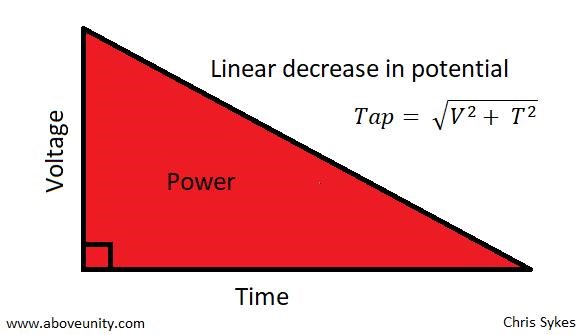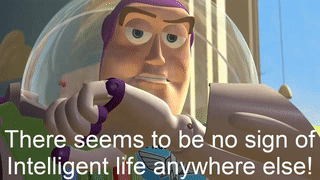Hey everyone,
So my experiments for the study of the A Vector Potential, Fringe look at the A Vector Potential and rotating magnetic fields, are on hold for a bit while I acquire a few things and build a coil winding rig. It's well planned, I just need some time to make it happen.
In the meantime, I thought I could look into a few other relevant ideas. The input coil arrangement, and impulse discharges like that of a spark gap. Both of these ideas come from this part of this thread here, where Chris shows the output coils combined with the push pull input and GDT (gas discharge tube), and asks about what would happen if he wound a 7 turn input coil on the outside of the POC coil arrangement. And I am assuming Chris you mean on the outside around both output coils at the same time.
Originally here: Chris's Non-Inductive Coil Experiment
Continued a bit here: Partnered Output Coils
Wrapping the input coil around both output coils has been used before by many, for example Don Smith.

This is interesting to me because, to me, having the input coil wrapped around only one POC seems unbalanced. Though I could be wrong. And there seemed to be quite a fight against the input during the regauge period which I believe can be minimized by arranging the input coil differently. Again, I could be wrong. Experiments will help clarify this for me.
The impulse discharge input has been used by many. Tesla, Tariel Kapanadze, etc. The disruptive nature of it is interesting, and for example the harmonics involved. I can't help but think this would be a good way to regauge the system.
Ok, so this is what I have so far..

The coils each have 3 layers of 16 turns = 48 turns of 0.4 mm speaker wire (copper itself is about 3mm).
The core is an AMCC800B.
The input coil will be roughly 12 turns of the same wire, as I intend to put a bit of focus on ¼ wavelength, near field, all of that good stuff. It will be wrapped around the whole core, both coils at the same time, like in the Don Smith picture.
I'll mess around with only pulses and push pull input at first, and then move on the GDT and possibly even a real spark gap.
So we know that POC coils provide us a way to apply a steady pressure on the electrons, to get them free/moving and accelerate them, pumping current, while also giving us a way to collect that energy. Or rather we are creating a condition to have nature do this process for us, we just set it in motion and collect the output.
So if I'm not mistaken, the next step would be to figure out a way to really knock a lot of electrons loose so we can really get some good action going. High magnetic fields, maybe some sharp jabs to the electrons. Hopefully these experiments, alongside my A Vector Potential experiments, will lead to learning.
More coming soon, thanks!
Marcel





































